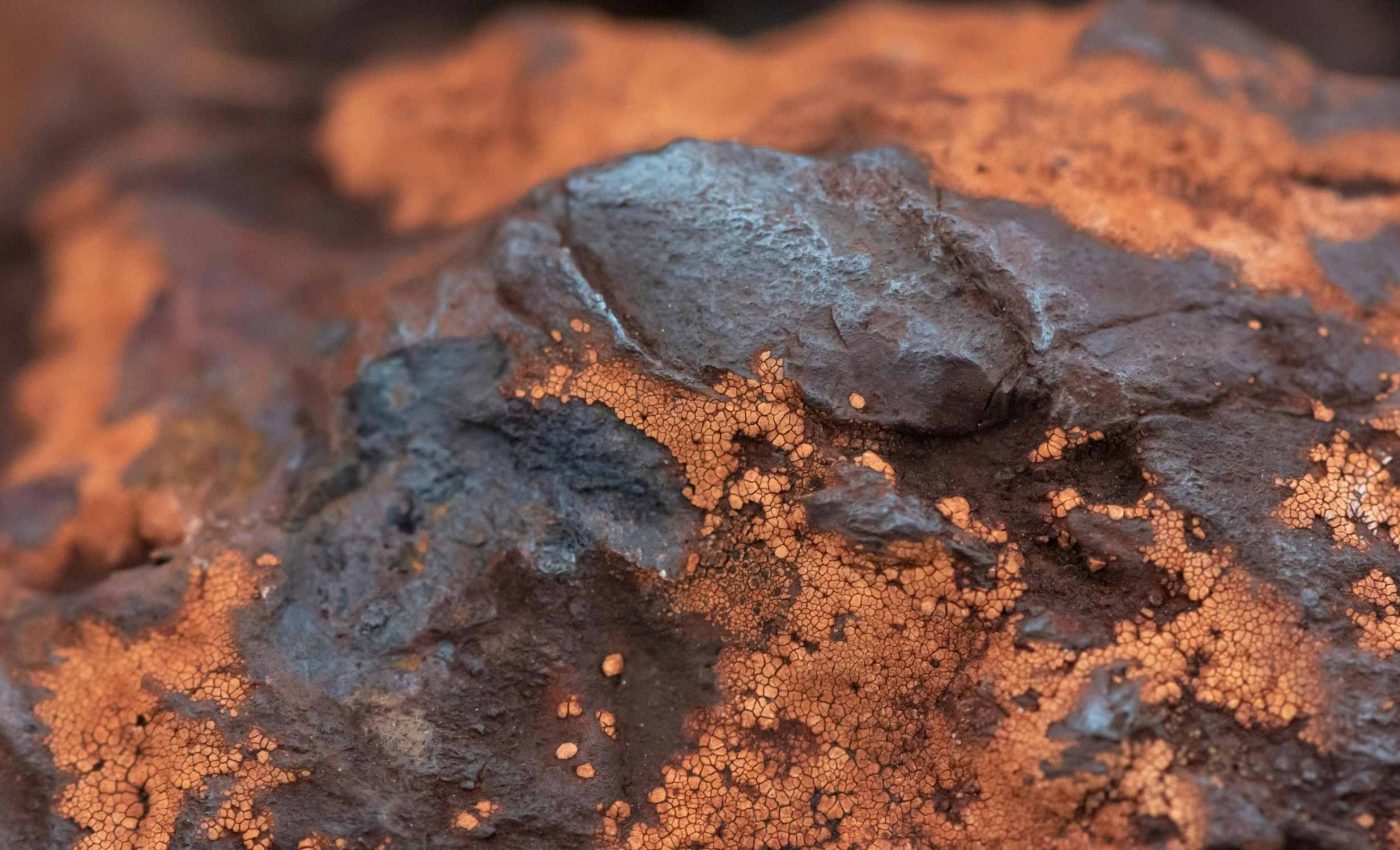
Australia's 'iron giants' are much younger than previously thought
A new paper shows Western Australia’s Hamersley iron ore giants are roughly one billion years younger than long assumed. The team directly dated the ore itself and set its formation between 1.4 and 1.1 billion years ago.
The work centers on the Hamersley Province in the Pilbara, a region already famous for high grade iron ore. The scientists focused on when and how those ores became so rich in iron.
Dating Hamersley iron ore
Lead researcher Dr Liam Courtney-Davies from Curtin University, and colleagues used a technique that dates the ore mineral rather than indirect bystanders. That switch reset the timeline and offers a cleaner view of the geologic forces that concentrated iron.
The key target was hematite, the iron oxide mineral that hosts most high grade ore, a dense, often reddish mineral composed of iron and oxygen. Its crystallization age pins down when enrichment actually happened.
The team applied U-Pb geochronology, a method that measures uranium decaying to lead to calculate mineral ages. Doing this in hematite demanded exacting lab methods to capture uranium and lead at very low levels.
“This mineral xenotime, it’s making up less than 0.001% of the ore. We think it was a red herring,” said Courtney-Davies.
“It’s a solid piece of analytical work,” said Paulo Vasconcelos, a geochemist and geochronologist at the University of Queensland. Outside experts emphasized both promise and caution.
Older studies often dated xenotime, a rare phosphate mineral, a trace mineral that can grow long after the ore formed. Dating hematite instead trims away that ambiguity.
Hamersley iron deposit is massive
Some reports tout a 55 billion ton find in the Hamersley and a price tag near six trillion dollars. The peer reviewed study re-dated known deposits and did not announce a single new mega deposit or attach a market valuation.
Western Australia’s iron ore industry is massive on its own. In 2023 to 2024, it recorded 866 million tons of production and 142 billion dollars in sales.
A crucial factor is ore grade, the proportion of valuable metal in the rock, which determines how much rock must be moved and processed.
In the Pilbara, many direct shipping ores average around 56 to more than 60 percent iron, with some lower grade ores now profitable due to better processing.
Geoscience Australia notes that high grade hematite and hematite goethite BIF enrichment ores have long underpinned exports, with more recent operations also making 56 to 59 percent iron viable. That operational context matters more to price than headline resource numbers.
Supercontinent link
The dates point to a time when tectonic energy was high and plates were reorganizing. Those conditions can drive hot fluids through rocks and focus mineral growth.
Many researchers see a tie to supercontinent cycles, long period episodes when continents aggregate and break apart, which can boost heat flow and deep fluid circulation.
Explorers now have a clearer target window and a process model to guide searches. If enrichment peaks during specific tectonic chapters, similar settings elsewhere become more attractive leads.
Much of the ore sits in banded iron formations, layered chemical sediments that alternate iron rich bands with silica. Knowing when those layers were upgraded helps teams zero in on the most promising horizons.
Costs, climate, and Hamersley iron
Even exceptional ore needs rail, ports, power, water, and social license to operate. Companies plan those moves years ahead, adapting to markets and weather disruptions.
Pilbara producers continue to invest in sustaining capacity at long lived hubs, a sign that incremental projects, not sudden windfalls, shape supply.
The re-dating results cut through a long standing age puzzle by measuring the ore’s own clock. That narrows cause and effect and supports a younger, tectonics driven enrichment history.
It also sidelines the urge to turn every scientific update into an instant market forecast. Prices respond to demand, costs, logistics, and policy, and those levers change more slowly than a headline suggests.
The Hamersley province already dominates global trade, so breathless claims deserve scrutiny. A valuation tied to a single lumped “discovery” oversimplifies a region built from dozens of deposits with different grades and mine lives.
The science here is strong because it clarifies processes. That actually helps miners, investors, and communities make steadier decisions than any one big number might promise.
The study is published in Proceedings of the National Academy of Sciences.
—–
Like what you read? Subscribe to our newsletter for engaging articles, exclusive content, and the latest updates.
Check us out on EarthSnap, a free app brought to you by Eric Ralls and Earth.com.
—–













